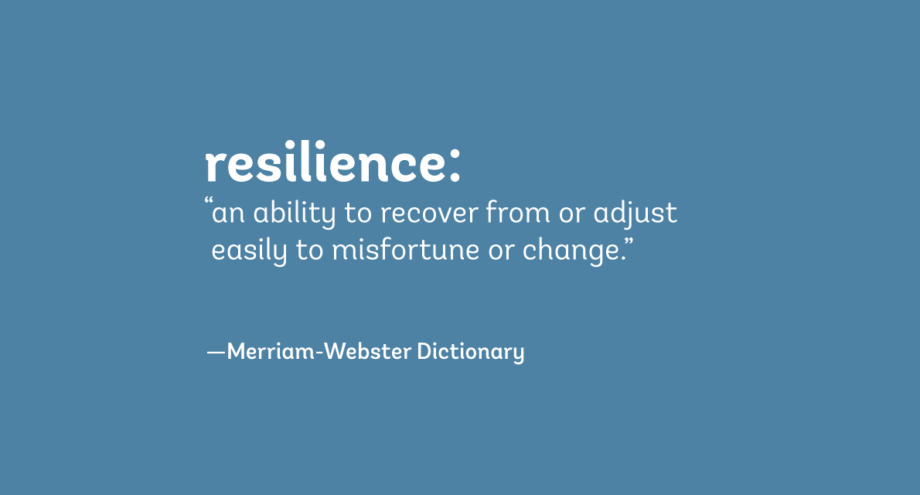Resilience is the ability to bounce back from adversity, adapt to change, and persevere through life’s challenges. It’s a quality that empowers individuals to thrive in the face of adversity, emerge stronger from setbacks, and maintain their mental and emotional well-being. In this blog, we’ll explore the art of building resilience through personal development and how this transformative journey equips you with the tools to navigate life’s uncertainties with grace and fortitude.
Understanding Resilience and Its Significance
Resilience is not a trait you’re born with; it’s a skill that can be cultivated and honed throughout your life. It encompasses the following key elements:
Adaptability: Resilient individuals are flexible and able to adjust to change effectively. They view change as an opportunity for growth rather than a threat.
Emotional Regulation: Resilience involves the capacity to manage and regulate your emotions, enabling you to remain calm and focused in challenging situations.
Problem-Solving Skills: Resilience goes hand in hand with effective problem-solving. It’s about approaching challenges with a solution-oriented mindset.
Optimism: Resilient individuals tend to maintain a positive outlook, even when facing adversity. They believe in their ability to overcome obstacles.
Social Support: Building a network of supportive relationships is vital for resilience. It’s about seeking help when needed and offering support to others.
How Personal Development Enhances Resilience
Personal development is a dynamic process of self-improvement and growth. It aligns perfectly with the journey to becoming a more resilient individual. Here’s how personal development enhances resilience:
1. Cultivating a Growth Mindset
Personal development encourages the development of a growth mindset. This mindset perceives failures and setbacks as opportunities for learning and growth rather than insurmountable obstacles. It reduces the fear of failure, making it easier to bounce back from setbacks.
2. Building Confidence
As you set and achieve personal development goals, your self-confidence naturally grows. This newfound self-assuredness empowers you to tackle challenges and adversity with greater confidence.
3. Stress Management
Personal development often includes stress management techniques like mindfulness, meditation, and relaxation exercises. These tools help you cope with stress and maintain emotional stability during challenging times.
4. Problem-Solving Skills
Through personal development, you learn to approach problems systematically, break them down into manageable steps, and develop effective solutions. This problem-solving mindset is a cornerstone of resilience.
5. Seeking Support
Personal development encourages you to seek support and guidance when needed. Whether through mentors, coaches, or therapists, reaching out to others for help is a sign of strength, not weakness.
Conclusion
Building resilience through personal development is an art that empowers you to navigate life’s ups and downs with grace and determination. It’s a journey of self-improvement that equips you with the tools to embrace change, overcome adversity, and maintain your mental and emotional well-being. As you integrate personal development into your life, you’ll not only enhance your resilience but also lead a more purposeful and fulfilling existence. Remember that personal development is a lifelong journey, and each step you take brings you closer to becoming a more resilient and empowered individual. Embrace it, for it is the art of building resilience and unlocking your inner strength.




